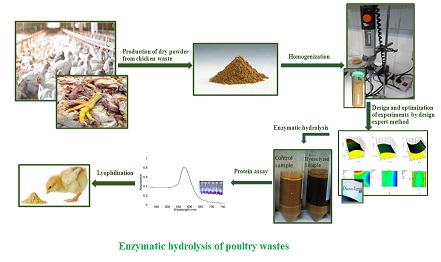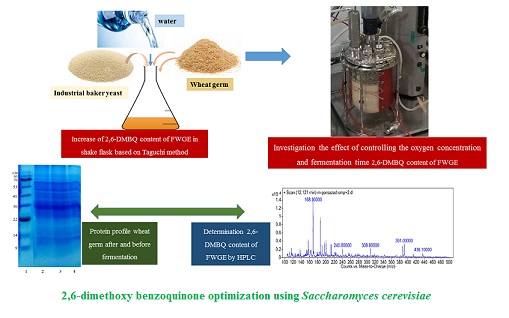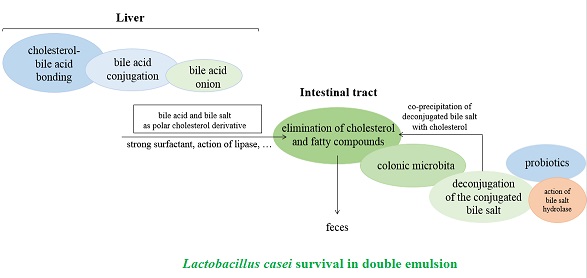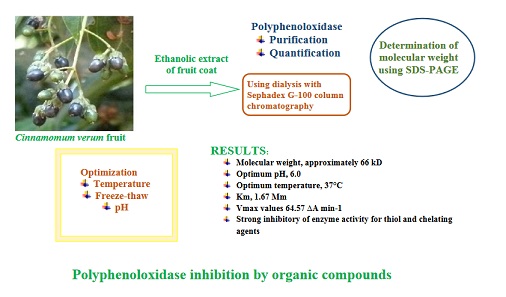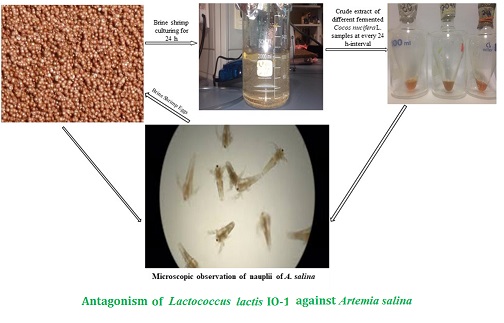Viability of Starter Bacteria and Anti-Oxidative Activity of a Functional Yogurt Containing Silybum marianum Seed Extract
Applied Food Biotechnology,
Vol. 7 No. 3 (2020),
10 June 2020,
Page 135-142
https://doi.org/10.22037/afb.v7i3.26998
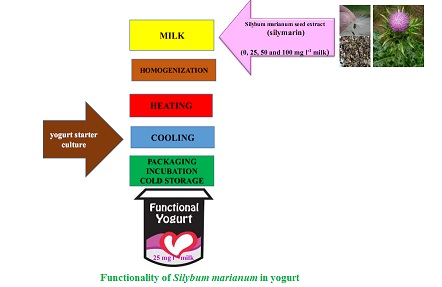
Background and objective: Silybum marianum seed extract (silymarin) is rich in phenolic compounds with anti-oxidative activity that add beneficial and healthful properties to silymarin-enriched products. The present study investigated effects of silymarin on characteristics of a functional yogurt.
Material and methods: In this study, yogurt was enriched with Silybum marianum seed extract at concentrations of 0, 25, 50 and 100 mg l-1 milk and the samples were analyzed for physicochemical and sensory properties and viability of starter bacteria during 21 days at 4°C at 7-day intervals.
Results and conclusion: Results showed that increasing silymarin proportion in yogurt samples increased anti-oxidative activity, total phenolic content, total viability of Lactobacillus delbrueckii and decreased pH value, viscosity and sensory attributes (p<0.05). Furthermore, pH, viscosity, anti-oxidative activity, phenolic compounds and sensory attributes decreased during storage (P<0.05). In conclusion, 25 mg Silybum marianum seed extract per one liter of milk can be used for the preparation of yogurts with healthy properties.
Conflict of interest: The authors declare no conflict of interest.


